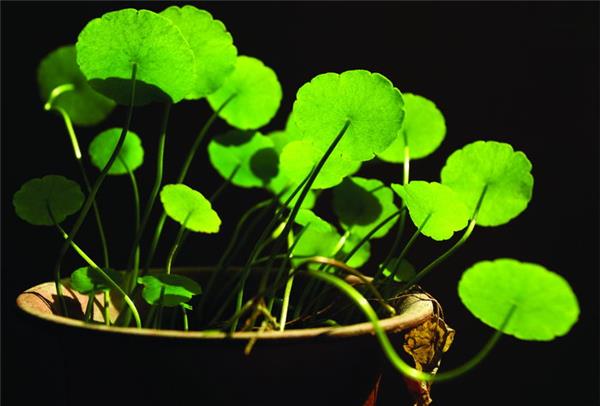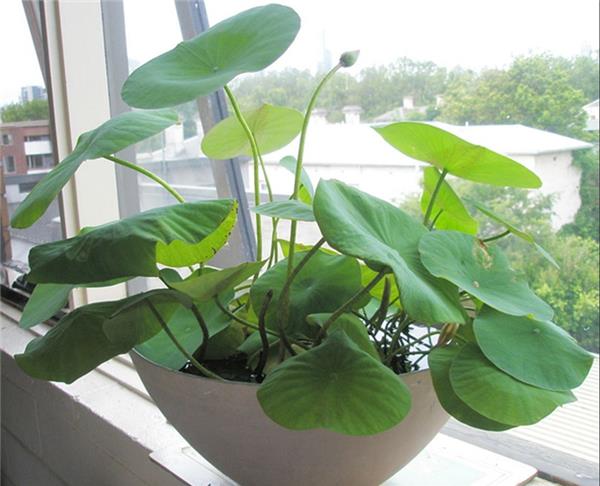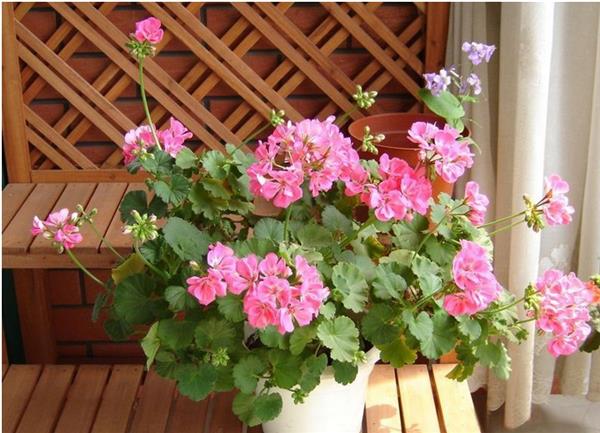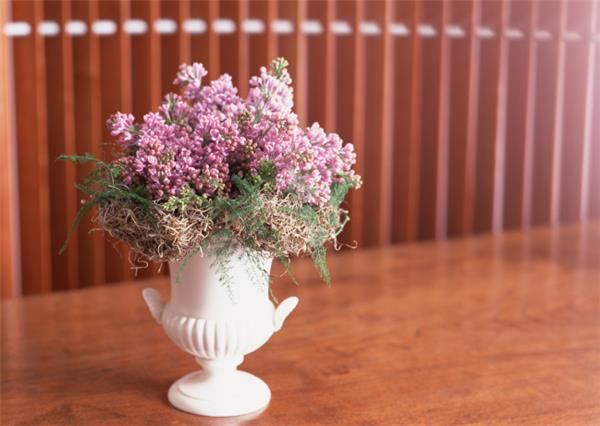Matters needing attention in the cultivation of potted flowers how to raise potted flowers well
Potted flower culture is not difficult, especially now the network is very developed, if you encounter any problems on the Internet can be solved immediately, today we are going to introduce some basic knowledge of potted flower culture.

Common soil types of potted flowers
1. Garden soil: the mature ordinary soil on the surface of pastoral soil ponds belongs to semi-clayey sandy soil. due to frequent fertilization and cultivation, it contains a certain amount of humus, which is suitable for planting general strong flowers and trees. Garden soil is the main component of cultivated soil. However, the surface layer is easy to harden when dry, and the ventilation and water permeability is poor when wet, so it can not be used alone.
2. Rotten leaves: soil is also called humus soil, because it contains a lot of humus, so it is loose, has many voids, and is acidic or slightly acidic. It is suitable for planting all kinds of acid-loving soil flowers, and it is also an important material for preparing and cultivating soil.
3. Mountain mud: slightly acidic, often used to cultivate orchids, commonly known as orchid soil, is a kind of natural humus soil formed by decaying leaves. In addition to the cultivation of orchids, it is also used to prepare culture soil and cultivate camellias, azaleas and other flowers.
4. Pond mud fish: the sedimentary mud in the pond or lotus pond contains a lot of organic matter and has good drought resistance and waterlogging resistance. But the texture is hard and mixed with loose soil.
5. Furnace ash soil: the furnace ash soil is easy to disperse and has good drainage and air permeability, which can be used as culture soil material instead of sand. Some of the elements can be dissolved in water and can be absorbed and utilized by flowers. The slag block can be placed in the basin as a drainage layer.

Second, the reasons for the slow growth of potted flowers
1. There is no pot change for a long time: the soil of potted flowers is limited, and when nutrients are exhausted, it often causes plant malnutrition and affects the normal growth and development of plants. The solution is: according to the size of the plant, turn the basin every year or every other year to change soil, reasonable fertilization, watering.
two。 The structure of pot soil is unreasonable: most potted flowers need soil with rich nutrients, good drainage and air permeability. This kind of soil is difficult to find in high-rise cities, so it needs to be prepared by florists themselves. If the prepared culture soil is unreasonable and contains less humus, it will inevitably cause basin soil consolidation and the plant will certainly not grow well.
3. Room temperature is too low: when the room temperature is lower than the minimum temperature for plant growth and development, its normal physiological activities can not be carried out, and the growth will stop. In serious cases, it will cause damage to some tissues and organs of the plant, and even the death of the whole plant. Therefore, the survival of the plant should be at an appropriate temperature.
4. Irrational watering: insufficient watering affects the normal physiological activities of plants, especially in hot summer, plants will wilt due to lack of water, and their growth and development will be affected. Watering children or basin soil for a long time will make the roots of the plant rotten and cause the plant to grow slowly. Therefore, watering should adhere to the principle of "dry and wet" and "dry and thoroughly watered". When the air is dry, we should often spray water to the leaves to increase air humidity and ensure sufficient water in the plant.

Matters needing attention in the cultivation of potted flowers
1, air drying: when the indoor air is too dry, flowers often appear leaf tip dryness or leaf edge scorching and other phenomena. Attention should be paid to water spraying, covering plastic film cover and other methods to increase air humidity.
2. Excessive fertilization: if there is too much fertilization, the new leaves will be thickened, and the old leaves will be rugged, and the dry tips of the old leaves will fall off. You should immediately stop fertilization, increase the amount of water exchange, make the fertilizer lose, or immediately pour the pot, rinse the bulb root with water and then replant it into the basin.
3, hot and high temperature: if you put the flowers in a high temperature place and let the strong light shine directly, it is very easy to cause the young leaf tip and leaf edge to scorch, or the leaf yellow to fall off. Move to a well-ventilated shady place in time.
4. Excessive shading: if flowers are placed in shaded places or places with insufficient light for a long time, it will cause branches and leaves to turn yellow.
5. Lack of ventilation: if too much nitrogen fertilizer is applied, the branches and leaves will grow luxuriantly, coupled with long-term unpruned, resulting in insufficient light in the inner chamber branches and leaves, which is easy to cause leaves to yellowing and falling off. Reasonable fertilization should be applied and pruning should be strengthened to make it ventilated and transparent.

Soil is the most important consideration in all culture conditions, because soil as the substrate of potted flowers, its content and acid content will directly affect the root of the plant, so we must pay attention to it. On this basis, pay more attention to moisture, light, temperature and other conditions, you can raise a healthy green plant.
Related
- Wuhan Hospital Iron Tree Blooming Result Was Instantly Frightened by the Gardener Master
- Which variety of camellia is the most fragrant and best? Which one do you like best?
- What is the small blue coat, the breeding methods and matters needing attention of the succulent plant
- Dormancy time and maintenance management of succulent plants during dormancy
- Minas succulent how to raise, Minas succulent plant pictures
- What are the varieties of winter succulent plants
- How to raise succulent plants in twelve rolls? let's take a look at some experience of breeding twelve rolls.
- Attention should be paid to water control for succulent plants during dormant period (winter and summer)
- Watering experience of twelve rolls of succulent plants
- Techniques for fertilizing succulent plants. An article will let you know how to fertilize succulent plants.



